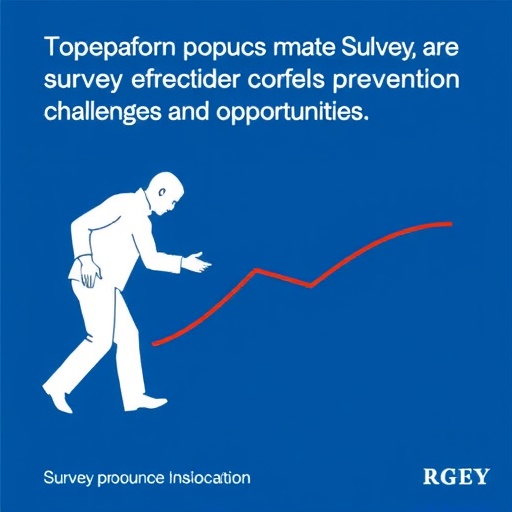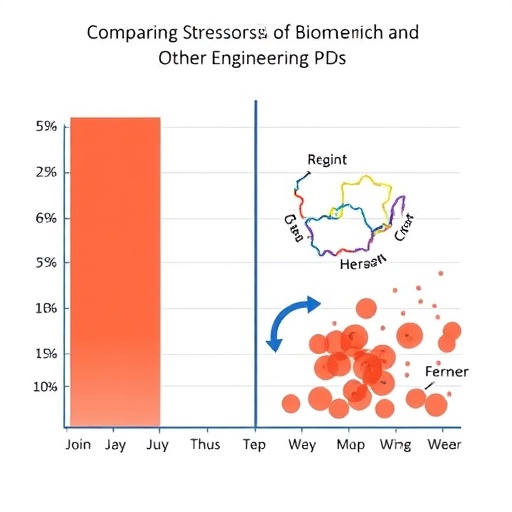
Credit: LUCA Project
HOLLYWOOD, FL — Early diagnosis in thyroid cancer can improve a patient's likelihood of recovery, but current screening methods use instruments with poor sensitivity and can yield inaccurate results. Consequently, doctors often have to rely on incomplete information to make diagnostic decisions and recommend treatments, and this can lead to patients receiving unnecessary surgeries or experiencing a reduced quality of life.
Recently, a team of international researchers developed a point of care device that could enable consistent and cost-effective screening for thyroid nodules. Their work is part of a Horizon 2020 European project titled, "Laser and Ultrasound Co-analyzer for Thyroid Nodules," or LUCA. They will present the project's progress at the OSA Biophotonics Congress: Optics in the Life Sciences meeting, Florida, 3-6 April 2018.
"The problem is in the poor specificity of the current approaches which leads to a significant number of unnecessary biopsies and surgeries," said Turgut Durduran, the project coordinator and professor at ICFO – Institute of Photonic Sciences, Barcelona, Spain. "Unfortunately, current imaging or screening modalities are not able to distinguish malignant nodules from benign nodules with a good specificity."
Standard thyroid screening methods currently involve an initial ultrasound with sub-optimal sensitivity and resolution. If the ultrasound detects an abnormal nodule, clinicians perform a fine needle aspiration biopsy (FNAB), to test for malignancy. But, FNAB results are often nondiagnostic or false positives. These inaccuracies can subject patients to unnecessary surgeries.
The LUCA project's aim is to develop a technology that improves data acquisition for medical professionals by simultaneously probing chemical constitution, water concentration, structure and hemodynamics, like blood flow and oxygenation, of tissue. This novel device builds on the current ultrasound standard with a 'hybrid optics/US [ultrasound] probe.'
The device's optical modules use near-infrared time-resolve spectroscopy (TRS) and diffuse correlation spectroscopy (DCS) to collect all the tissue data, each independently a commercial-level technology already. The DCS laser subsystem features a fiber coupled laser diode at 785 nanometers and custom developed driving and cooling electronics. The custom design cuts the device cost by 10-15 times that of a standard DCS laser system.
The optical module also collects data on chromophore concentrations, like water and lipids, through TRS. The TRS subsystem, which features photomultipliers and time-correlated single photon counting, also cuts the cost to about five times lower than commercially available equivalents.
According to the team, the high prevalence of thyroid nodules, at up to 76% of the population, means that even modest strategy improvements for characterizing lesions could have a major positive impact. And in fact, they have already seen how this optical innovation could impact patients' lives if it were in the clinic.
"In a pilot study, the mere fact that the ultrasound screening was carried out next to our measurements identified a malignant nodule in a healthy, young volunteer, and we have seen that many nodules that went all the way to a surgery turned out to be benign" said Durduran.
The researchers report that the LUCA project is also unique in the scope of collaboration across the scientific community. The consortium draws on academy, industry and clinical resources.
###
About LUCA
The LUCA Project has received funding from the European Union's Horizon 2020 research and innovation program under grant agreement No 688303 and is an initiative of the "Photonics Public Private Partnership."
Registration Information
Credentialed media and analysts who wish to cover OSA Biophotonics can submit a form to register for a full-access conference media badge. Send registration requests to [email protected].
About The Optical Society
Founded in 1916, The Optical Society (OSA) is the leading professional organization for scientists, engineers, students and business leaders who fuel discoveries, shape real-life applications and accelerate achievements in the science of light. Through world-renowned publications, meetings and membership initiatives, OSA provides quality research, inspired interactions and dedicated resources for its extensive global network of optics and photonics experts. For more information, visit osa.org.
Media Contacts: [email protected]
Media Contact
Joshua Miller
[email protected]
202-416-1435
@opticalsociety
http://www.osa.org
Original Source
https://www.osa.org/en-us/about_osa/newsroom/news_releases/2018/new_optical_modules_could_improve_thyroid_cancer_s/




